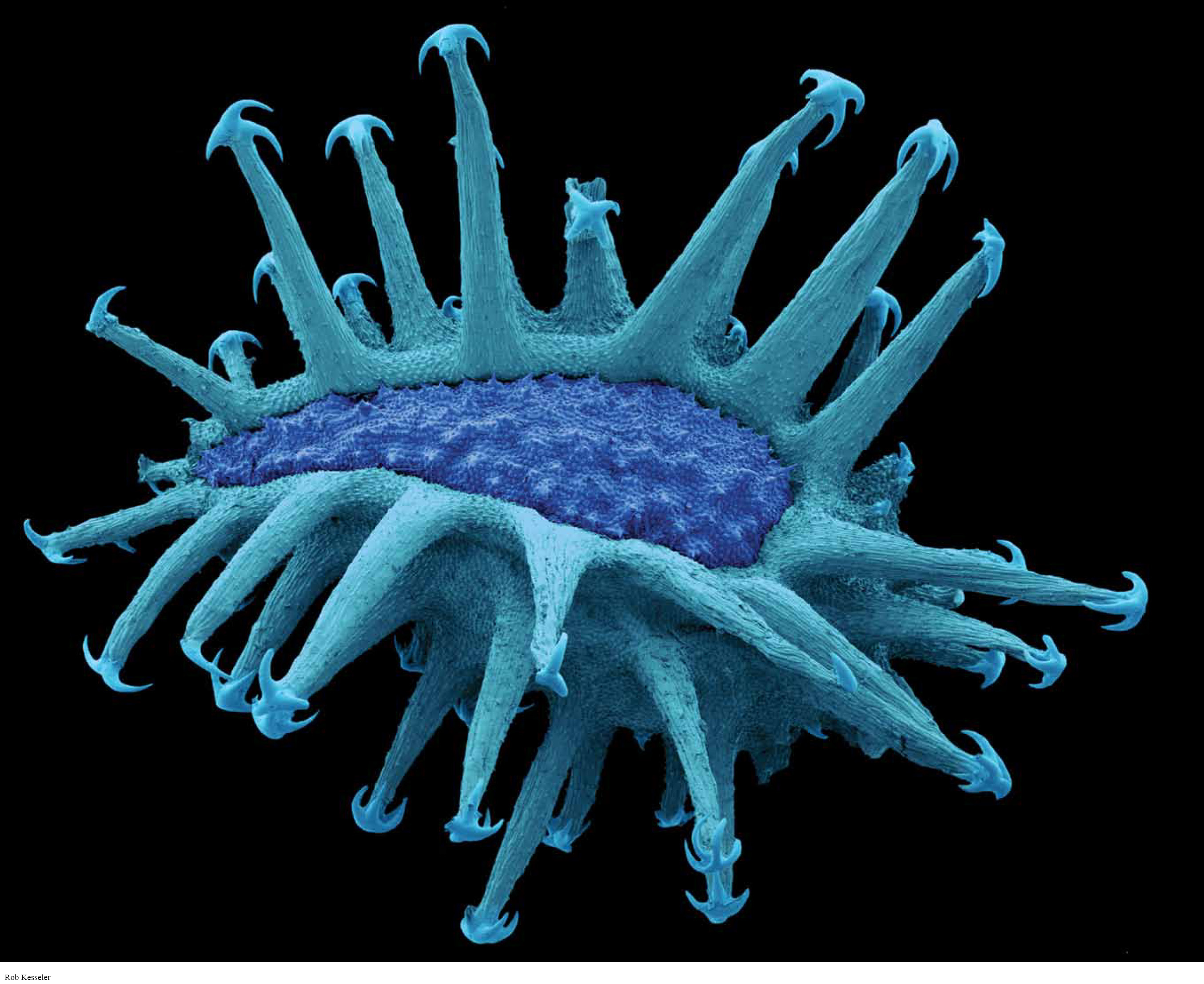18
Growth and Reproduction in Plants
PROBLEM SOLVING WITH FLOWERS AND WOOD
724

725
Plants can reproduce sexually and asexually.
- 18.1 Plant evolution has given rise to two methods of reproduction.
- 18.2 Many plants can reproduce asexually when necessary.
- 18.3 Plants can reproduce sexually, even without moving.
Flowers have several roles in plant reproduction.
- 18.4 The flower is the chief structure for sexual reproduction.
- 18.5 The male reproductive structure produces pollen grains.
- 18.6 Female gametes develop in embryo sacs.
Pollination, fertilization, and seed dispersal often depend on help from other organisms.
- 18.7 Plants need help getting the male gamete to the female gamete for fertilization.
- 18.8 This is how we do it: Does it matter how much nectar a flower produces?
- 18.9 Fertilization occurs after pollination.
- 18.10 Most plants can avoid self-
fertilization. - 18.11 Following fertilization, the ovule develops into a seed.
- 18.12 Fruits are a way for plants to disperse their seeds.
Plants have two types of growth, usually enabling lifelong increases in length and thickness.
- 18.13 How do seeds germinate and grow?
- 18.14 Plants grow differently from animals.
- 18.15 Primary plant growth occurs at the apical meristems.
- 18.16 Secondary growth produces wood.
726